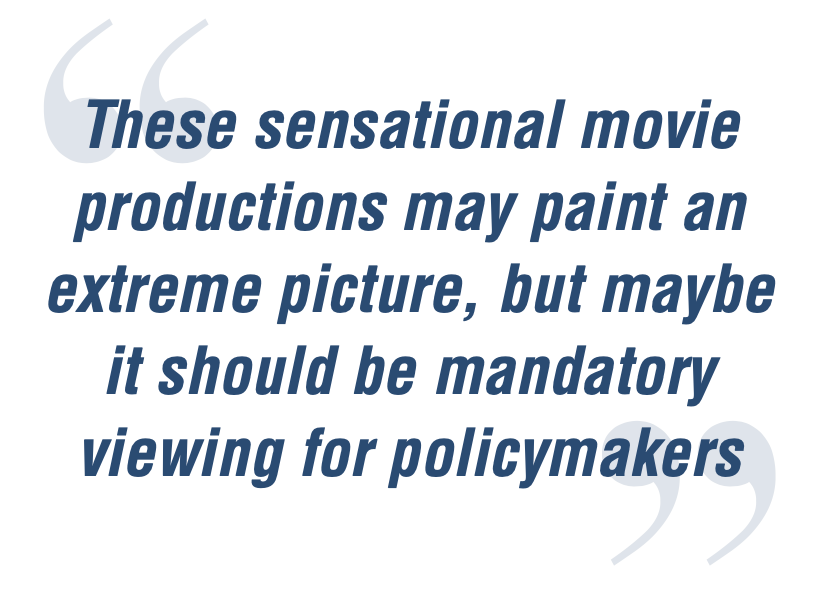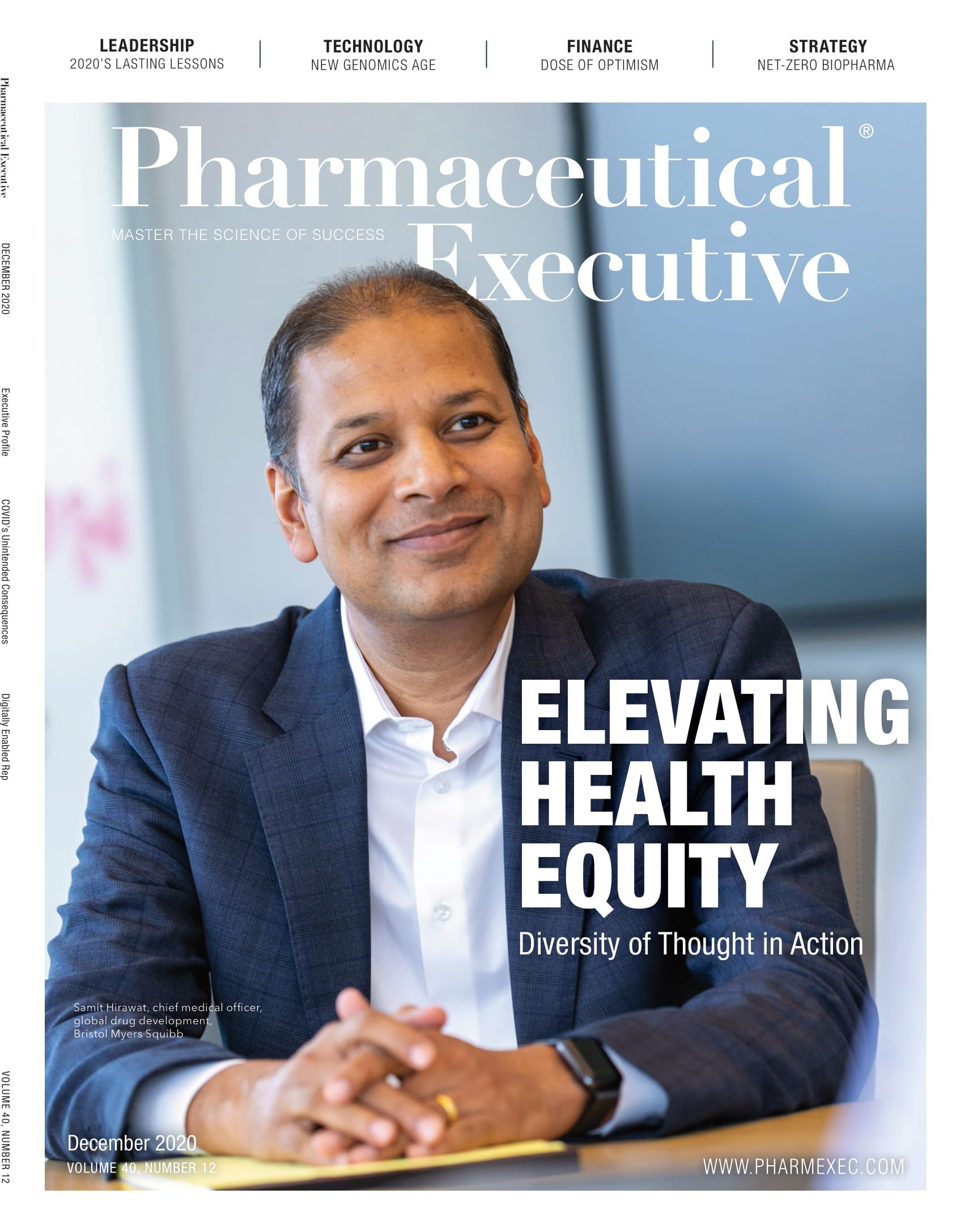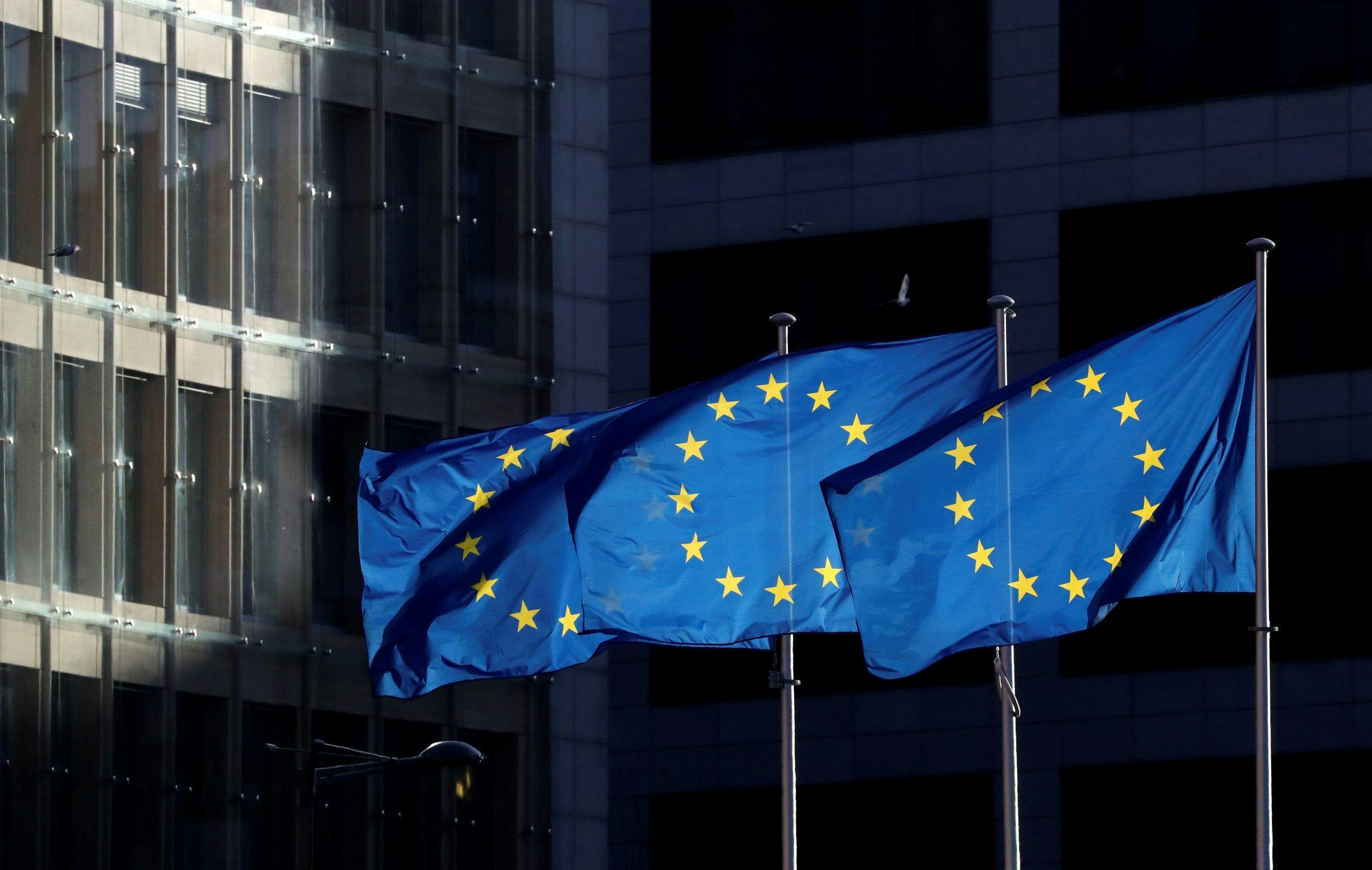Philanthropy vs. Innovation - Current Vaccine Prices: Is There a Downside?
Amid COVID-19, pressure for “socially responsible” pricing could temper investments in future urgent healthcare needs.
The COVID-19 pandemic has created a sense of urgency for the drug industry to rapidly develop coronavirus vaccines and treatments, but it has also fed new concerns around pricing. Responding to this concern, drug companies have committed to acting “responsibly” and to setting moderate price levels in initial funding and purchase agreements with governments. While socially responsible, and a welcome choice at a time of great concern over broad access to an essential vaccine, it may also signal unwillingness to invest in necessary innovations in the future.
Governments and the healthcare industry were largely ill-prepared for COVID-19. Lack of infrastructure, equipment, and supplies to effectively treat patients, as well as a lack of preparedness to develop a crucial vaccine, have hampered an effective response to the pandemic. The way it looks today, a vaccine may be the only viable way to halt the COVID-19 pandemic, as infection containment strategies have largely failed to contain the spread of the virus in most countries. A capability to develop a vaccine sooner may be crucial in handling a similar or worse pandemic more quickly and effectively.
Ed Schoonveld

Given the current investment climate for pharmaceuticals, is there any reason to believe that we will be better prepared in the future?
Will pressure for what is perceived as “socially responsible” prices temper venture capital (VC) investments in future urgent healthcare needs, such as, say, “COVID-23” or “Ebola-25”?
Public focus on drug costs
Healthcare costs and costs of prescription drugs have been areas of great concern for government/private payers worldwide. Healthcare insurance premiums in the US and the government budget impact of healthcare in other countries have been a point of concern for decades. Cost of healthcare as a share of GDP has tripled in the US over the past 45 years.
Prescription drug costs, while remaining steady at 12% to 13% of total healthcare cost since 2000, have received the brunt of public attention. Patient payments for prescription drugs have increased, in part because managed care has deliberately shifted a relatively higher proportion of cost to patients in the form of higher co-pays and deductibles.
Drug list price increases over the years—particularly some borderline behaviors by a few “entrepreneurial companies”—have severely damaged the industry’s reputation and resulted in calls for price controls or other interventions, from within both Democratic and Republican camps. The Trump administration focused on state-sponsored reimportation initiatives and the introduction of an International Price Index to limit Medicare prices to most favored nation pricing in Organization for Economic Cooperation and Development countries. The upcoming Biden administration may keep some of those initiatives but will almost certainly favor enabling Medicare negotiations of drug pricing.
Communication struggle
The pharmaceutical industry has struggled to explain the nature of its business model and the drug development economics that create a need to charge sometimes substantial prices for its innovations. It’s hard for those outside the industry to understand how high R&D costs necessitate high drug pricing and particularly patient co-payments for treatments of sometimes devastating medical conditions. At a time when the industry is under considerable public and political pressure, it’s important to not only show the industry’s sensitivity to societal needs and affordability issues, but also to show that securing funding to address both current and emerging healthcare needs is. It’s particularly critical for the industry to make the case that its prices are necessary and fair, given the need to attract financial investments for a highly risky business.
Pandemic cost
A recent report from the Global Preparedness Monitoring Board, discussed at The World Economic Forum, estimates that COVID-19 has already cost $11 trillion, with a future loss of $10 trillion in population earnings. The total estimated societal cost is $21 trillion. What would be a fair price for a vaccine in that context? Even if the entire world population of 7.8 billion people is vaccinated with two doses at the highest cost quoted ($20 per dose for high-income countries), the total cost would be about 1.5% of the cost of the pandemic. In reality, the cost of vaccines will be much lower, as lower- and middle-income countries will and should receive vaccine supplies at much lower prices.
Paying a fair price is important. However, signaling a reasonable expectation for the investment community that society will be willing to pay for the development of life-saving vaccines and treatments is crucial if we want to encourage VC funding of future innovation. Who wouldn’t be willing to pay far more than $20 per dose to breathe again, go back to some kind of normalcy, and get our lives back? Yet investors see significant hurdles to realizing fair prices.
Future needs?
Over the years, investigators have been looking in to the potential of viruses carried by bats and other animal species jumping to humans. Interspecies jumping of viruses is an important concern in infectious diseases. Considering the risk of these threats may be an important component of preparing for a new potential pandemic.
Many past infectious outbreaks have not had the human and economic impact that COVID-19 has had. However, it does not take much imagination to think of scenarios of an even more devastating virus, for example one that is truly airborne and thus has a higher risk of transmission than COVID-19. It would be prudent to undertake a concerted effort to identify other high-risk viral threats and subsequently ensure containment protocols and preparation for the development of a potential vaccine.
Pharma investments and the role of VC
The most recent report on return on investment of pharmaceutical research and development (Deloitte, 2020) shows a steady annual decline in ROI, hitting a new low of 1.8% in 2019. Further, despite the rhetoric over price increases, we have seen net price declines for prescription drugs in the US over the past two years. Empowered managed care organizations and pharmacy benefits managers have been able to extract increasingly significant concessions from pharmaceutical companies in many therapy areas, while the industry has been restraining periodic list price increases under the pressure of public opinion.
While large and mid-size biopharmaceutical companies are responsible for the great majority of development and commercialization activities for prescription drugs, a lot of fundamental research, drug discovery, and early-stage clinical research is undertaken by small biotechnology enterprises largely funded by VC. These innovations are often licensed or purchased by larger pharmaceutical companies in order to fund significant Phase III clinical trials investments. While pharma’s role in development is important, we need to secure enough investments in drug discovery to “feed” the development pipeline. Absent VC investments, biopharmaceutical inventions will cease to emerge.
Biopharma investment climate
Maintaining an attractive investment climate for biopharmaceutical innovation is critical to attract VC. With the current high awareness of the need for new preventions and treatments for infectious diseases and other devastating conditions, the time seems right to build on some goodwill that the biopharmaceutical industry has gained, to address the prescription drug pricing critique head on with US policymakers and government. With both political parties heavily concerned about drug prices, waiting for the issue to go away by itself may not be a viable strategy.
Societal healthcare and prescription drug needs are high and seem to be rising as our society ages, is engaging in poor lifestyles, and is periodically exposed to rapidly traveling viruses. Shifting the global debate from prescription drug pricing to a broader healthcare needs and affordability discussion requires:
- Active engagement and development of compelling points of view to highlight the real causes of the skyrocketing cost of healthcare, the economics of drug development, and the need for investment incentives for prescription drugs and vaccines.
- Partnering with payers and providers to further drive optimal patient health outcomes through clinical trials and real-world evidence.
- Increased focus and collaboration to address the real public issue: affordability of healthcare and prescription drugs for individual patients.

The movie industry is periodically releasing movies with anti-microbial disasters, lethal airborne viruses, and similar disaster and apocalyptic themes. How is it possible that with an abundance of imagination in Hollywood, the government sector is lacking the foresight to at least have some consideration of preparedness for the most obvious antimicrobial threats? These sensational movie productions may paint an extreme picture, but maybe it should be mandatory viewing for policymakers.
Perhaps we should engage the movie industry and a new action hero to inform and educate an increasingly polarized society on improved healthcare policies, individual protection practices, and the need for a healthy investment climate for healthcare technology and prescription drugs. Perhaps a new Super(wo)man with a face mask and a credit card?
Ed Schoonveld, Managing Partner, ZS Associates

Cell and Gene Therapy Check-in 2024
January 18th 2024Fran Gregory, VP of Emerging Therapies, Cardinal Health discusses her career, how both CAR-T therapies and personalization have been gaining momentum and what kind of progress we expect to see from them, some of the biggest hurdles facing their section of the industry, the importance of patient advocacy and so much more.
Regeneron, Roche Launch Major US Expansion Plans to Meet Growing Demand for Biologics and Innovation
April 22nd 2025With combined investments exceeding $53 billion, both companies are deepening their US presence through expanded biologics production, gene therapy capabilities, and next generation R&D centers.

.png&w=3840&q=75)

.png&w=3840&q=75)



.png&w=3840&q=75)



.png&w=3840&q=75)




















